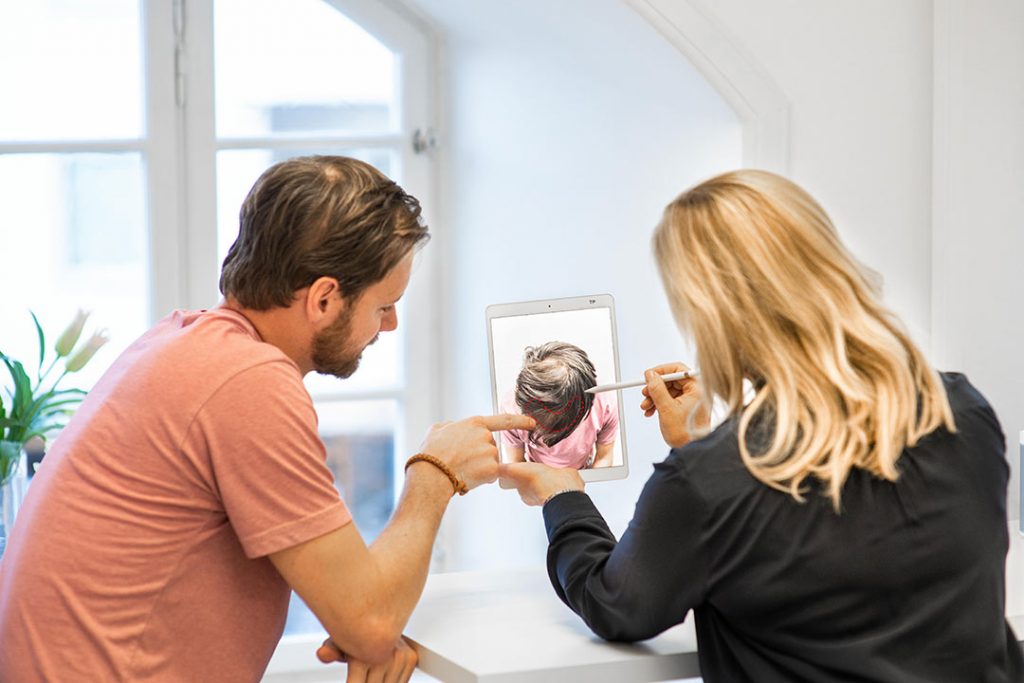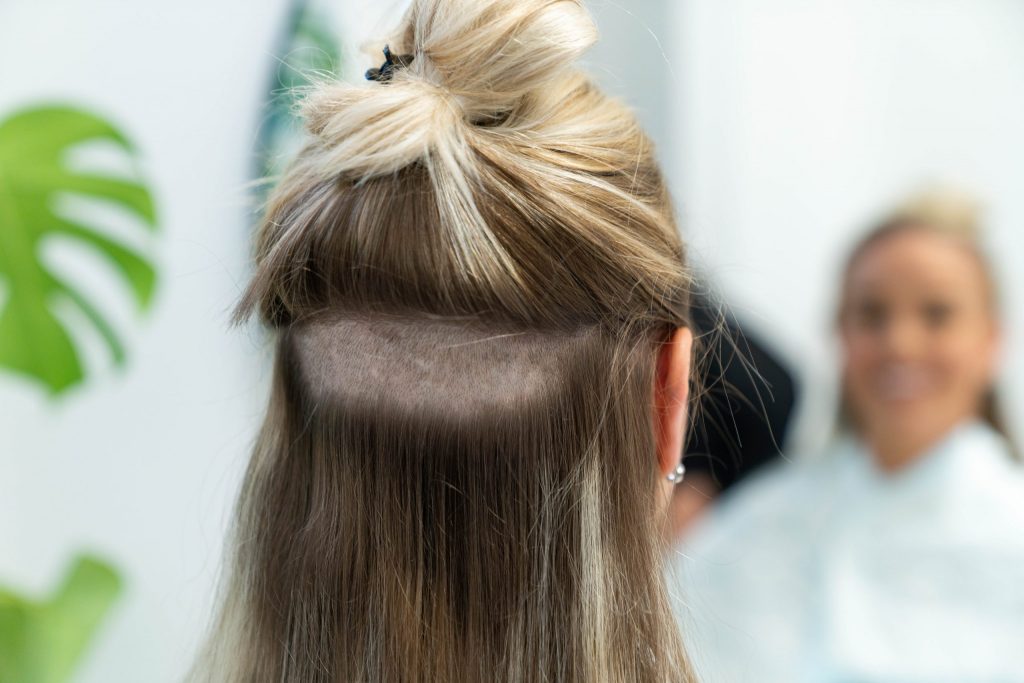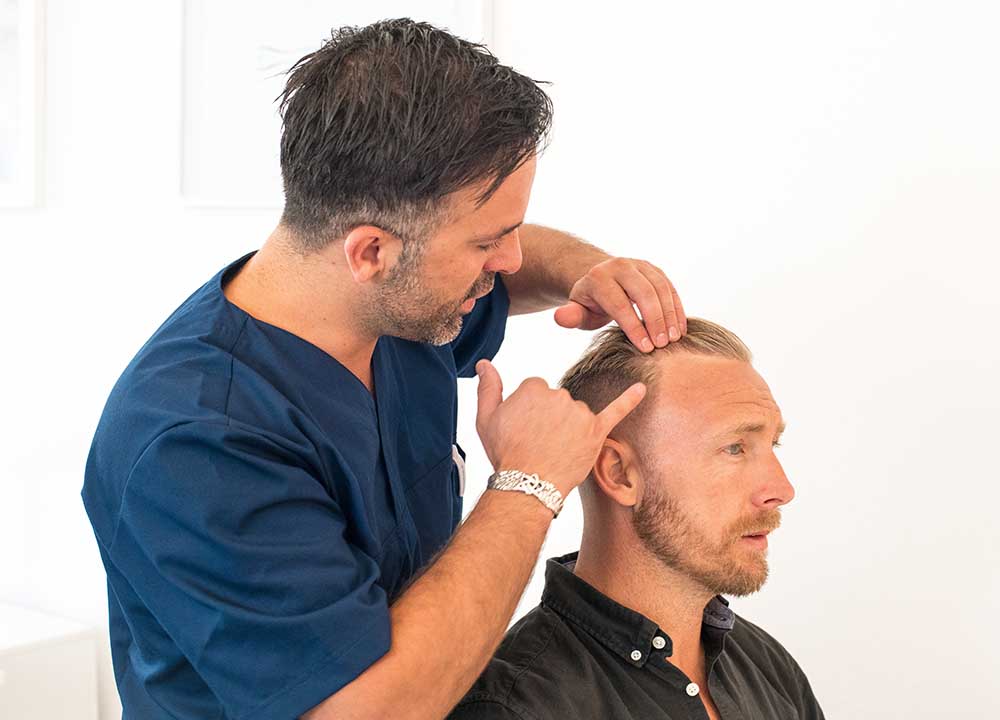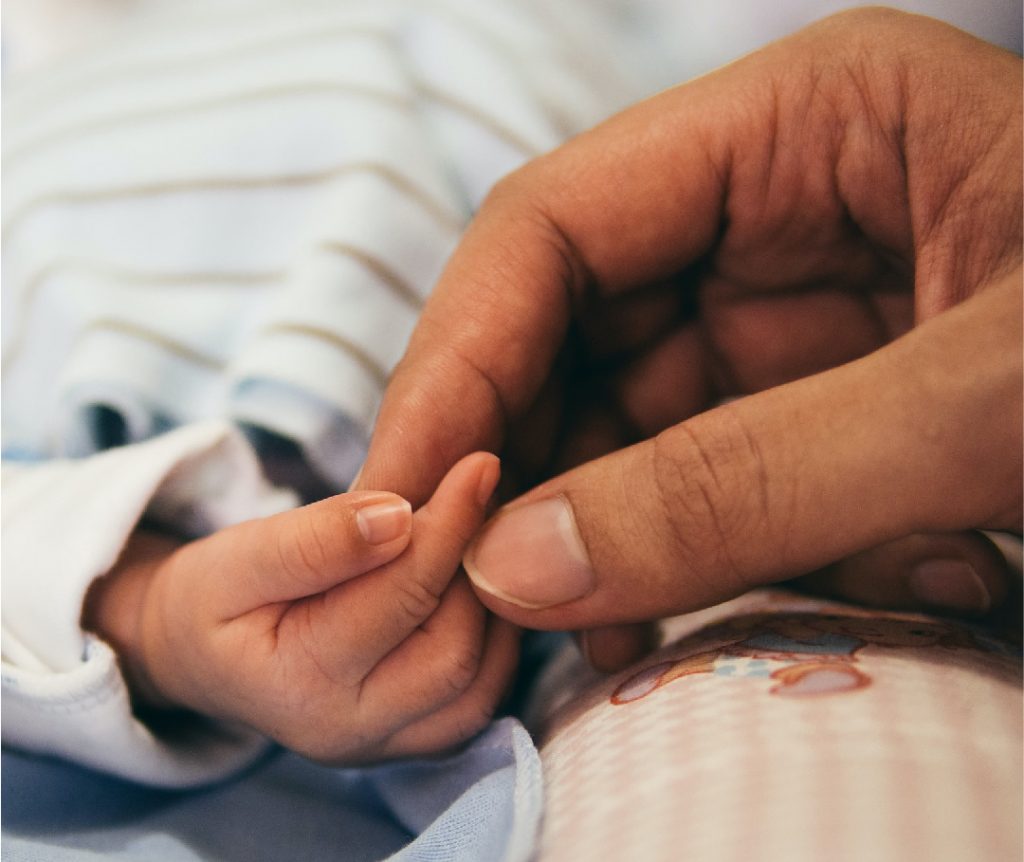Understand your circumstances
It is important that you understand your limitations. We want to see that you have an understanding of what you want and what you can get, and that you see the end result and feel satisfied.
We can’t tell you what shape of hairline you want – for example, whether you want a masculine or feminine hairline. It’s up to you.
You need to know what you want to get out of the procedure and have an awareness of whether the expected result is possible or not.
Sometimes expectations are unreasonable compared to the practical outcome. We will decide this based on your hair loss and the shape of your donation area.







